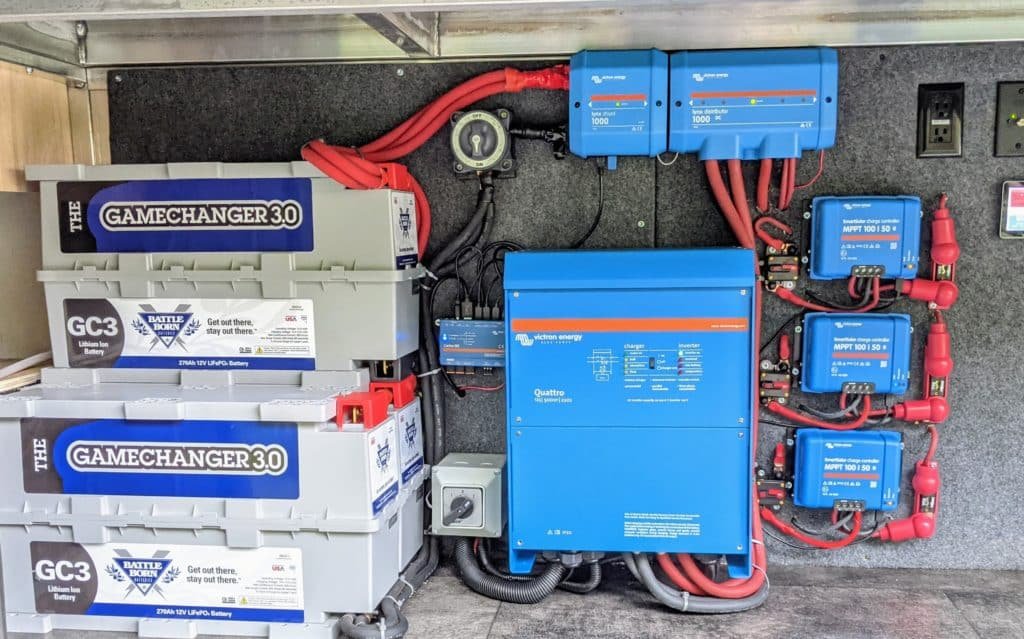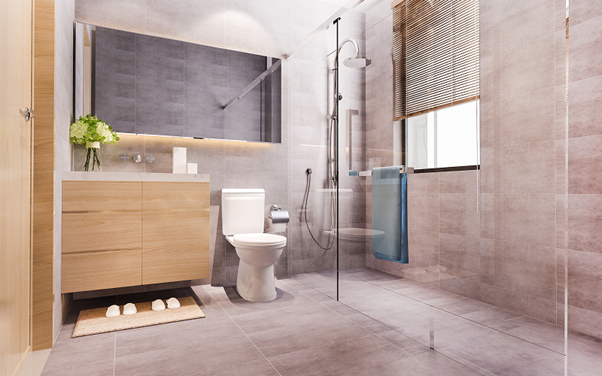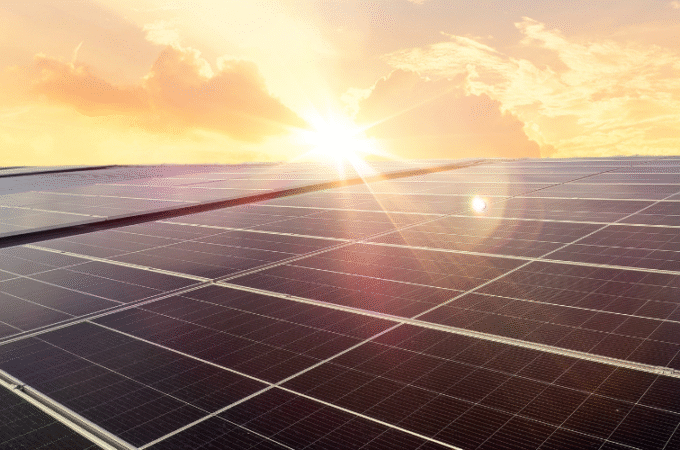
Know How Inverter Price Varies Across Different Power Capacities
Choosing an inverter can feel confusing for you. One of the first things you will check is the inverter price. But it depends more on how much power you want. So, it is important to choose one that matches your home’s needs without overspending.
Let’s explore how the inverter price changes with capacity. Let’s see what affects its price and how you can choose the right inverter price option for you.
Table of Contents
ToggleWhy Capacity Matters
An inverter’s capacity lets you know how many appliances you can use at once. It is measured in Volt-Ampere (VA). A higher VA rating handles more load. Higher capacity parts cost more because they use bigger transformers, stronger components and often more advanced electronics. This is the main reason why the inverter price rises as capacity goes up.
Typical Capacity Bands and What They Cost
Here are common inverter capacities and their usual prices. Prices can be different by brand and model. So, you can refer to this only as a general guide:
| Capacity Band | Typical Use | Typical Inverter Price (approx) |
| 700 to 900 VA | Small flats. Lights, few fans and a small TV. | ₹4,000 to ₹9,000 |
| 1000 to 1500 VA | Small to medium homes. Fridge and a few lights and fans. | ₹5,000 to ₹12,000 |
| 2 kVA and above | For larger homes or many appliances. | ₹12,000 and up |
These ranges reflect the retail market and vary with technology. Pure sine wave models cost more than square wave units of the same VA. Hybrid or solar-ready inverters are usually priced higher again.
Other Factors That Change Inverter Price
Capacity is the main driver. These items also influence the final cost:
-
Technology Type
Pure sine wave inverters give smooth power for sensitive devices. They cost more than square wave types.
-
Smart Features
Inverters with digital displays, AI charging or thermal protection tend to cost more. These features improve safety and battery life. Official product pages list these options.
-
Warranty and Service Support
A longer warranty often adds to the price. It is worth paying a little more for a clear warranty and a wide service network. This reduces long-term cost and trouble.
-
Build Quality and Materials
Thicker casing, better transformers and improved cooling make the unit last longer. That quality comes at a higher price.
-
Bundle Deals and Combos
Buying an inverter with a battery or as a combo often changes the effective price. So you should look at the package price and the standalone costs. It can help you compare fairly.
How to Compare Prices Smartly
When you compare models, you should look for more than the sticker price. Use these quick checks:
- Compare the price per VA. Simply, divide the price by the VA to see the relative value.
- Check warranty length and exact terms. A longer warranty can justify a higher price.
- Note the supported battery type and whether the inverter has AI charging or thermal sensors. These features protect the battery and save money long term.
An example can be:
You can use a 700 to 900 VA inverter if you need only basic backup for lights and a fan. That keeps your upfront cost lower. You can choose 1000 to 1500 VA if you want to use a fridge and a few appliances only. Spending a bit more here usually saves you from replacing it in a cheaper unit later. For large homes with many appliances, consider 2 kVA or higher.
When to Spend A Little More
Spend a little more if you want:
- Pure sine wave output for your sensitive electronics.
- AI charging or thermal protection to extend battery life.
- A longer and easier-to-claim warranty.
Final Checklist Before You Buy
- You should check how many hours of backup you need. Then you need to list all the appliances you want to work with it.
- Choose the smallest capacity that can meet your real needs. This keeps the inverter price sensible.
- Compare price per VA, warranty, features and service network.
- Get a written quote that includes installation charges. Hidden installation costs change the real price.
Conclusion
Choosing the right inverter is more than just choosing a price. It is about balancing your home’s needs with reliability for a long time. By considering the appliances you use, backup hours needed and features that matter, you can find an inverter price that works well without overspending. A little planning from the beginning ensures you get a smoother power backup and peace of mind during power cuts.






